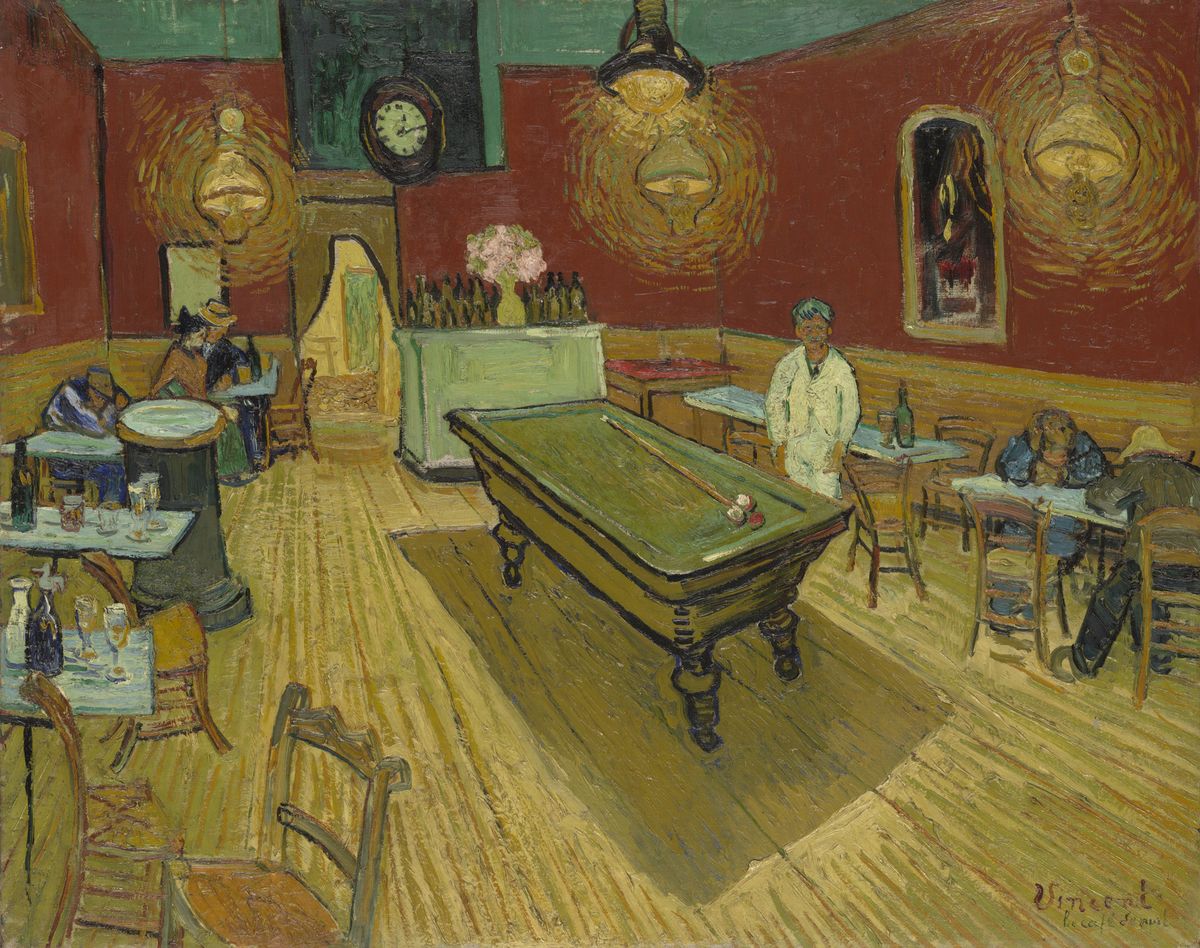An understanding of symbolism is at the heart of effective visual representation and I’m going to focus on exploring this in more depth with my senior classes to better prepare them for visual representation assessment.
To quote Steve Jobs: “Simplicity is the ultimate sophistication.”
Colour is a key element and the Colour in Motion interactive site is a fantastic intro to how colour is used to convey meaning. The “meaning” of colour can also be culturally-specific and this site explains the different associations of colours in various societies. The Paint Cafe has a section of the symbolism of different colours and explains how “every colour carries images and symbols that are influenced by culture, history and circumstances”.
Take the colours red and yellow, for example:
Red
- China: Good luck, celebration, summoning
- Cherokees: Success, triumph
- India: Purity
- South Africa: Colour of mourning
- Russia: Bolsheviks and Communism
- Eastern: Worn by brides
- Western: Excitement, danger, love, passion, stop, Christmas (with green)
Yellow
- China: Nourishing
- Egypt: Colour of mourning
- Japan: Courage
- India: Merchants
- Western: Hope, hazards, coward
According to Colour Logic for Powerpoint (2003), the sources for complex and often contradictory meanings of colors can be attributed to:
1. Cultural associations: the colour of currency, traditions, celebrations, geography, etc. (For example, green is associated with heaven (Muslims) and luck (Ireland)
2. Political and historical associations: the colour of flags, political parties, royalty, etc. (For example, after the Bolshevik Revolution red became the colour of communism.)
3. Religious and mythical associations: the colours associated with spiritual or magical beliefs (For example, the green man was the God of fertility in Celtic myths)
4. Linguistic associations: colour terminology within individual languages (For example, South Pacific languages refer to shades of green by comparison to plants in various stages of growth. In Scottish Gaelic the word for blue (‘gorm’) is also the word used for the color of grass.)
5. Contemporary usage and fads: current color applications to objects, sports, and associations generated by modern conventions and trends. (For example, green is used world wide for traffic lights signifying “go.”
One of the best resources is Colour, contrast and news design, by the Poynter Institute.
An example from the site:

Learning from the artist: Artists have known for centuries that colour evokes emotions and creates powerful moods. Vincent van Gogh used yellow in an intense way to make a scene literally glow in The Night Cafe. About this painting, he said: “I tried to express an idea that the cafe is a place where one can ruin oneself, go mad or commit a crime.”
Images: http://www.vggallery.com/painting/p_0463.htm
http://www.paintcafe.com/en/couleur/langage/symbolique/bleu.asp

1 thought on “The meaning of colour”
Comments are closed.